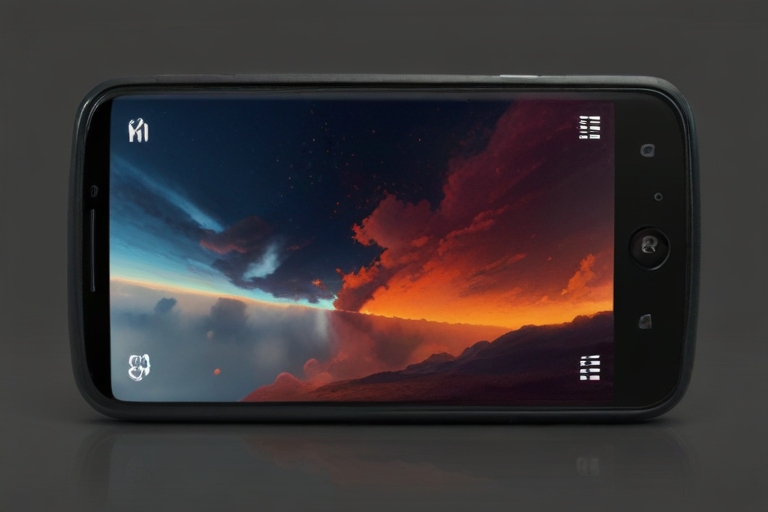In addition, the Android 15 might activate satellite emergency messaging system featuring in a later version of the Google Messages.
Then,Google could complete a delivery of the beta version of its Google Messages app including satellite messaging functionalities later inspired by Apple that was amounted for a couple of months.
The Android 15 would implement a satellite based emergency communications system.
In this beta version of Google Messages, stamped 20240329_01_RC00, 9to5Google has discovered several strings that hint at the imminent arrival of such an emergency messaging feature:In this beta version of Google Messages, stamped 20240329_01_RC00, 9to5Google has discovered several strings that hint at the imminent arrival of such an emergency messaging feature:
“In order to send and get the message, find a place where there is a clear view of the heaven.”
“Satellite messaging won’t work in all the cases and can’t be used with photo and video delivery”
“You can let others know about your location if necessary, including emergency services.”
The Cupertino company’s product Apple is named “Emergency SOS via Satellite.” This messaging system allows a user who doesn’t have cellular or WI-FI communications or is unable to call for help, to send a message to the emergency services or roadside assistance. The two tech giants systems appear to be functioning like almost the same.
The prime question is the info, that strings implies in a beta version of Google Messages.
Another thing that would make the Google’s service different, if the strings found are correct, is that it would be possible to text your friends back from the satellite message, not only contact the help and rescue services (when the need arises). Theorically, in the case of an emergency, sending a satellite message between emergency services and your close ones gives them the certain information regarding the issue in question.
This information is still to be explored. As we expect it to happen quite soon (Android 15 is supposed to launch in the fall, at the same time as the highly anticipated Google Pixel 9), it is possible that we would have a deeper insight about this feature by end of the year.


